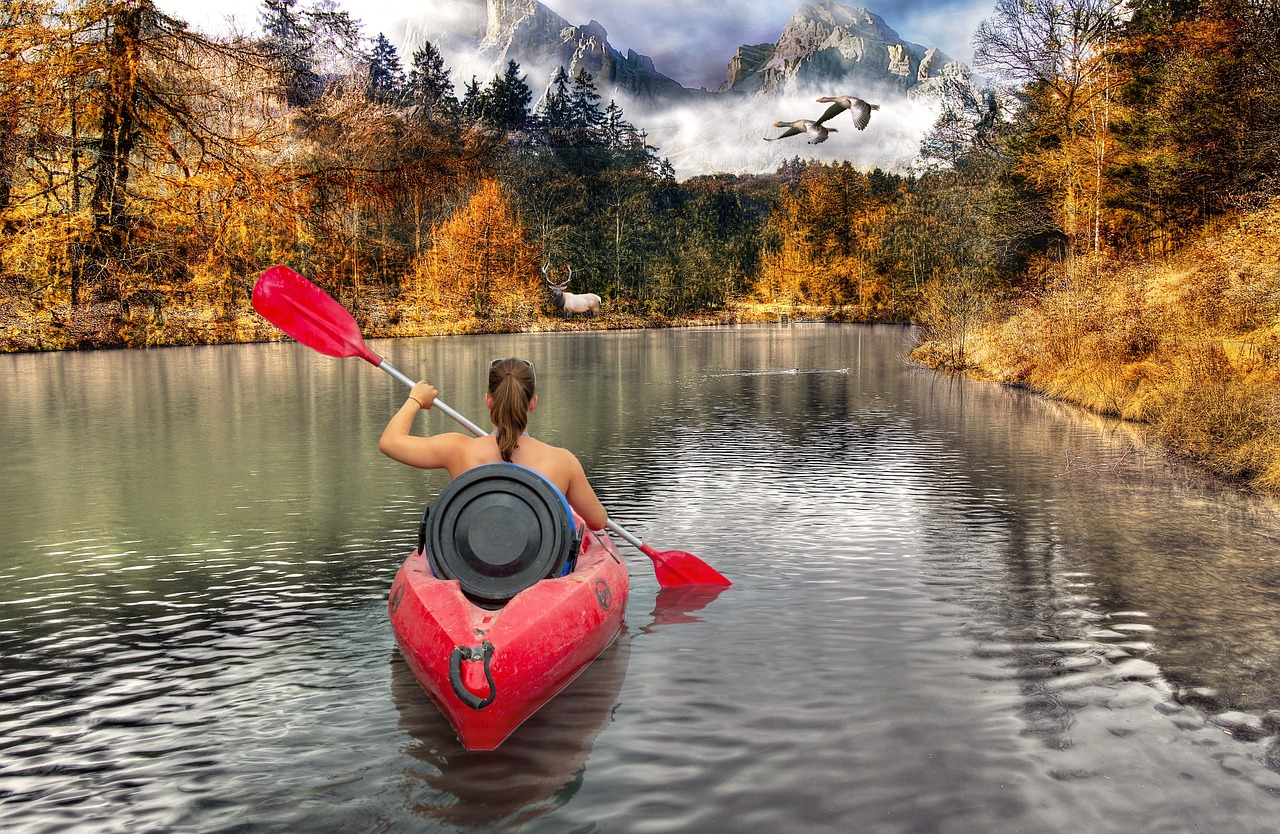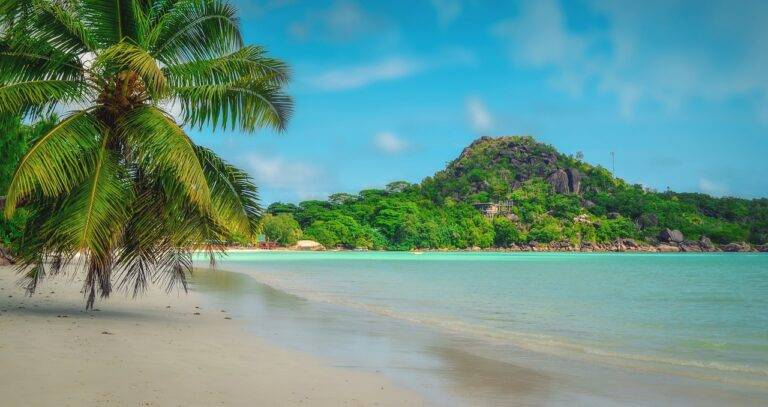Sustainable Tourism in National Parks: Balancing Conservation with Visitor Experiences
National parks are known for their breathtaking landscapes and unique biodiversity, attracting millions of visitors each year. However, the sheer volume of tourists can lead to detrimental effects on the delicate ecosystems within these protected areas. Increased foot traffic can trample vegetation, disrupt wildlife habitats, and contribute to soil erosion, ultimately threatening the overall health of the park.
Managing visitor impact in national parks presents a significant challenge for park authorities. Balancing the desire to provide access to these natural wonders with the need to preserve and protect them requires careful planning and strategic decision-making. Implementing measures such as visitor quotas, designated trails, education programs, and carrying capacity studies can help mitigate the negative effects of tourism while still allowing visitors to experience the beauty of these protected areas.
Importance of Preserving Biodiversity in Protected Areas
Preserving biodiversity in protected areas is crucial for maintaining the delicate balance of ecosystems. These areas serve as sanctuaries for a wide array of plant and animal species, many of which are endemic and face the threat of extinction. By safeguarding these diverse habitats, we can ensure the survival of countless species and contribute to the overall health of our planet.
Loss of biodiversity not only disrupts the natural order of ecosystems but also impacts human well-being. Many resources essential for human survival, such as clean air, water, and food, are directly linked to the biodiversity present in protected areas. Preserving these areas is not just a matter of conservation but also a necessity for sustaining life on Earth in the long term.
Strategies for Minimizing Ecological Footprint of Tourism Activities
One effective strategy for minimizing the ecological footprint of tourism activities is to promote sustainable transportation options for visitors. Encouraging the use of public transportation, biking, or walking can help reduce carbon emissions and alleviate pressure on fragile ecosystems within protected areas. Implementing shuttle services or carpooling initiatives can also help decrease the number of individual vehicles entering these areas, thereby reducing traffic congestion and environmental impact.
Another key approach is to establish clear and enforced guidelines for waste management within tourist sites. Providing designated recycling bins, composting facilities, and educating visitors on the importance of proper waste disposal can help prevent littering and pollution. Collaborating with local communities and businesses to implement sustainable practices, such as reducing single-use plastics and promoting reusable alternatives, can further contribute to a more environmentally conscious tourism industry.
What are some challenges faced in managing visitor impact in national parks?
Some challenges include overcrowding, habitat destruction, waste generation, and disruption of wildlife behavior.
Why is it important to preserve biodiversity in protected areas?
Preserving biodiversity helps maintain healthy ecosystems, supports local communities dependent on these resources, and contributes to the overall well-being of the planet.
What are some strategies for minimizing the ecological footprint of tourism activities?
Some strategies include promoting sustainable practices, reducing waste generation, supporting local conservation efforts, and educating visitors about the importance of preserving the environment.





